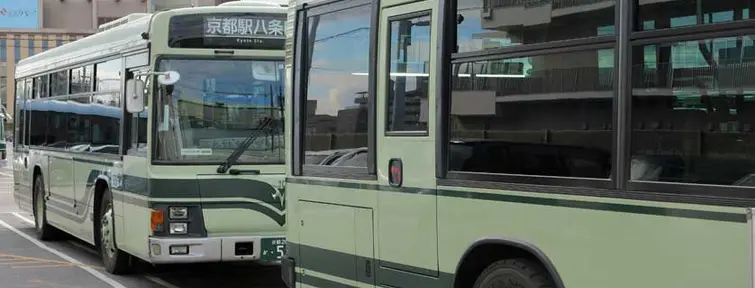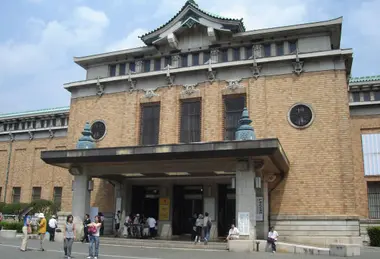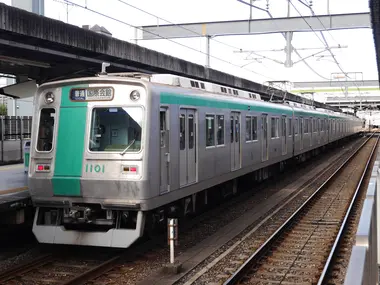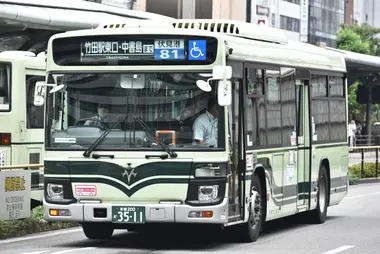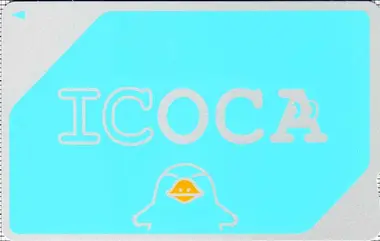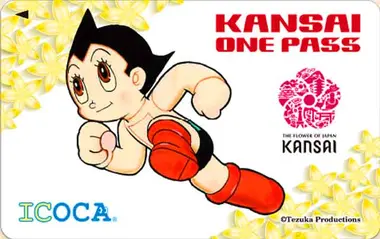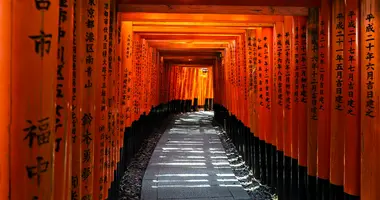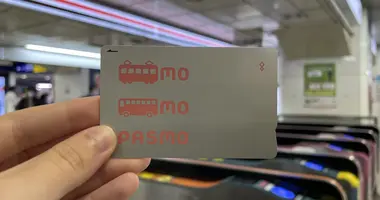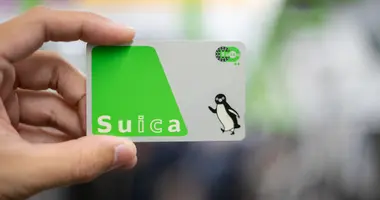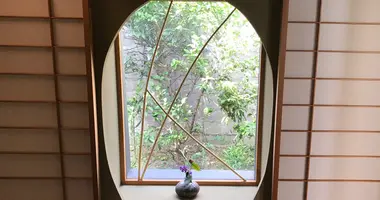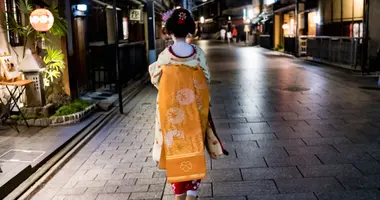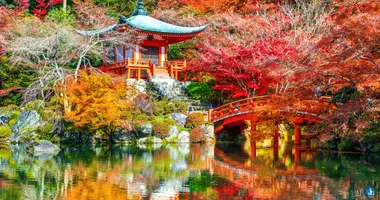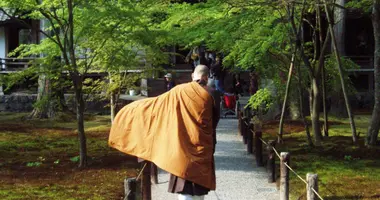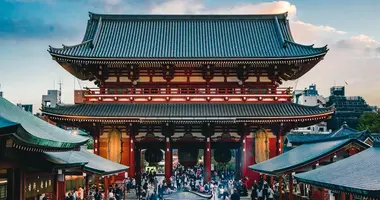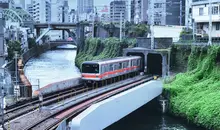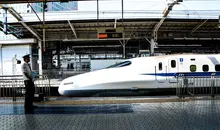Tarjetas y abonos de transporte en autobús y metro de Kioto
- Publicado el : 18/01/2019
- Por : Japan Experience
- Youtube
Transporte en Kioto
Navegar por el sistema de transporte público de Kioto puede resultar abrumador para los visitantes, ya que múltiples compañías operan diferentes redes de autobuses, metro y trenes. Conocer los distintos abonos y tarjetas de transporte disponibles es esencial para aprovechar al máximo el tiempo y el presupuesto en la antigua capital de Japón. Desde pases diarios hasta rutas turísticas especiales y opciones regionales, Kioto ofrece numerosas soluciones de transporte que se adaptan a diferentes itinerarios. Con el pase adecuado en la mano, podrá explorar sin problemas los templos del norte de Higashiyama, pasear por los bosques de bambú de Arashiyama o aventurarse más allá hasta ciudades cercanas como Osaka y Nara.
Comprender el sistema de transporte público de Kioto
La red de transporte de Kioto consta de dos líneas de metro, un amplio sistema de autobuses y varias compañías ferroviarias que operan dentro y alrededor de la ciudad. El principal centro de transporte es la estación de Kioto, que conecta con la línea JR Tokaido-Sanyo, lo que la hace fácilmente accesible desde Tokio, Osaka y otros destinos importantes, como la estación de Odawara, cerca de Hakone e Hiroshima.
El metro de la ciudad cuenta con dos líneas: la Karasuma Line (verde), de norte a sur, y la Tōzai Line(roja), de este a oeste, que se cruzan en la estación de Karasuma Oike. Las tarifas individuales oscilan entre 220 y 350 yenes para los adultos y entre 110 y 180 yenes para los niños, y varían en función de la distancia recorrida.
Los autobuses urbanos de Kioto funcionan con un sistema de tarifa plana de 230 yenes para adultos y 120 yenes para niños dentro del área central, con tarifas crecientes para los trayectos fuera de esta zona. Al subir a la mayoría de los autobuses urbanos, cogerá un billete numerado y pagará la tarifa correspondiente al bajar. Algunos autobuses turísticos exprés, sin embargo, exigen el pago al subir.
El horario de funcionamiento del metro suele ser de 5.30 a 23.55 horas, mientras que el de los autobuses es de 6.00 a 22.30 horas. Ambos sistemas pueden tener un servicio reducido los fines de semana y días festivos.
Abonos de metro y autobús para la ciudad de Kioto
El abono de un día para metro y autobús (1.100 yenes para adultos, 550 yenes para niños) es una de las opciones más versátiles, ya que ofrece viajes ilimitados en todas las líneas de metro y autobús urbano de Kioto, así como en el autobús de Kioto (excluidas algunas rutas), el autobús Keihan (en las zonas de Yamashina y Daigo) y algunas rutas del autobús JR del oeste de Japón. Este pase es ideal para los visitantes que planean explorar varias zonas en un solo día.
Para los viajeros que se centran en el metro, el Kyoto City Subway One-Day Pass (800 yenes para adultos, 400 yenes para niños) ofrece viajes ilimitados en metro durante un día entero. Este pase incluye descuentos en la entrada a varias atracciones, como el Museo Municipal de Arte de Kioto, el Castillo de Nijo, el Zoo de Kioto, el Museo de Kioto y el Museo Internacional del Manga de Kioto.
El Abono de dos días para metro y autobús (2.000 yenes para adultos, 1.000 yenes para niños) amplía la cobertura del Abono de un día a dos días consecutivos, lo que lo convierte en una opción económica para estancias más largas. Este pase incluye viajes a atracciones periféricas como el templo Saihō (Kokedera), Ōhara e Iwakura.
Estos pases pueden adquirirse en el Centro de Información Turística de la estación de Kioto, en las taquillas de las estaciones de metro, en las oficinas de los autobuses urbanos de Kioto o directamente en los autobuses urbanos de Kioto. Para los visitantes que permanezcan en Kioto durante un periodo prolongado, las tarjetas IC, como la ICOCA, ofrecen otra opción cómoda para pagar en el transporte público (más información sobre Cómo utilizar las tarjetas IC en Japón).
Pases especializados para rutas turísticas populares
Para los turistas que deseen visitar eficazmente los lugares más famosos de Kioto, existen varios pases especializados que cubren las rutas más populares:
Los autobuses K'Loop circulan los fines de semana y festivos en el sentido de las agujas del reloj y conectan las principales atracciones de Kioto y los lugares declarados Patrimonio de la Humanidad por la UNESCO. El billete de un día cuesta 1.500 yenes para los adultos y 700 yenes para los niños, y permite subir y bajar de forma ilimitada en paradas como la estación de Kioto, el mercado de Nishiki, el castillo de Nijo, el templo de Kinkakuji, el templo de Ginkakuji, el santuario de Heian, Gion, Kiyomizudera y muchas más. Los billetes se pueden comprar directamente al conductor del autobús.
El abono turístico Hankyu (1.600 yenes por un día) ofrece acceso ilimitado a las líneas de tren Hankyu, Hanshin y Kobe Kōsoku, que conectan Kioto, Osaka y Kobe. Esto es especialmente útil para los visitantes que planean explorar estas ciudades en un corto espacio de tiempo.
Para los interesados en explorar las zonas orientales de Kioto, el Pase Turístico de Kioto de los Ferrocarriles Keihan (1.000 yenes por un día) cubre viajes ilimitados en las líneas Keihan, lo que resulta conveniente para visitar zonas como Gion, el santuario Fushimi Inari y Uji.
El billete gratuito Arashiyama/Sagano de Kyoto Bus es ideal para explorar la pintoresca zona de Arashiyama, conocida por sus arboledas de bambú y sus templos.
Pases regionales que cubren Kioto y más allá
Los visitantes que deseen explorar más allá de Kioto pueden beneficiarse de los pases regionales que cubren zonas más amplias:
El R-West Kansai Area Pass (disponible para 1, 2, 3 ó 4 días consecutivos) permite viajar de forma ilimitada en los trenes JR que conectan Kioto, Osaka, Nara, Kobe, Himeji y el Haruka Express desde el aeropuerto internacional de Kansai (KIX). Este pase también incluye un vale para cada una de las siguientes tarjetas: Kyoto Subway One-Day Card, Keihan 1-Day Kyoto Sightseeing Pass y Hankyu 1-Day Kyoto Line Free Pass. Los precios oscilan entre 2.800 yenes por un día y 7.000 yenes por cuatro días (adultos).
El JR Kansai Wide Area Pass (5.600 yenes para adultos) ofrece una cobertura más amplia, incluido el Sanyo Shinkansen entre Osaka y Okayama, por lo que es adecuado para viajes a destinos como Kinosaki Onsen y la región de Kumano.
El Kansai Thru Pass (4.480 yenes por dos días o 5.600 yenes por tres días) proporciona acceso ilimitado a la mayoría de los ferrocarriles, metros y autobuses no JR de la región de Kansai, incluidos Kioto, Osaka, Kobe, Nara y Wakayama. A diferencia de otros pases, puede utilizarse en días no consecutivos, lo que ofrece una mayor flexibilidad.
Para viajar entre el aeropuerto de Kansai y Kioto, el billete Icoca & Haruka ofrece una tarifa con descuento en el Haruka Express e incluye una tarjeta ICOCA precargada con 2.000 yenes.
Pases y billetes específicos para ferrocarriles
Varias compañías ferroviarias ofrecen sus propios pases para líneas específicas:
El Kintetsu Rail Pass (disponible en opciones de 1, 2 y 5 días) cubre los viajes en la mayor red ferroviaria no JR de Japón, que conecta Osaka, Kioto, Nara, Ise-Shima y Nagoya. La versión "plus" también incluye autobuses por Nara y la península de Shima.
El Hankyu Hanshin One-Day Pass (1.600 yenes) ofrece acceso ilimitado a las líneas Hankyu y Hanshin que conectan Kioto, Osaka y Kobe, por lo que resulta práctico para viajes de un día entre estas ciudades.
El Keihan Kyoto-Osaka Sightseeing Pass (1.500 yenes por un día) ofrece viajes ilimitados en la línea Keihan y la línea de cable Otokoyama, además de descuentos en atracciones seleccionadas. Resulta especialmente útil para viajar entre las zonas orientales de Kioto y Osaka.
Para explorar el norte de Kioto, los abonos Eizan Railway cubren rutas a zonas como Kurama y Kibune, mientras que los abonos Keifuku Randen Line son útiles para viajar a Arashiyama desde el centro de Kioto.
Cómo adquirir y utilizar los abonos de transporte
La mayoría de los abonos de transporte de Kioto pueden adquirirse en las principales estaciones, centros de información turística y algunos hoteles. Los principales lugares son:
- Centro de información de autobuses de la estación de Kioto (cerca de la salida central)
- Ventanillas y máquinas expendedoras de billetes de la estación de metro
- Centros de información de autobuses y metro de la ciudad de Kioto
- Centros de información turística del aeropuerto internacional de Kansai
- Los principales hoteles de Kioto
Algunos pases, como el Kansai Thru Pass y los pases JR West, sólo están disponibles para visitantes extranjeros con estatus de "visitante temporal". Deberá mostrar su pasaporte al adquirir estos pases.
Cuando utilice pases diarios en los autobuses, introduzca su pase en el lector de tarjetas situado junto al conductor al salir del primer viaje. La fecha aparecerá impresa en el reverso y podrá mostrársela al conductor en los siguientes viajes.
En el metro, introduzca su tarjeta en la taquilla al entrar y salir. En su primer uso, la fecha aparecerá impresa en el reverso de la tarjeta.
Los abonos regionales y los específicos para ferrocarriles suelen tener sus propios procedimientos de validación, por lo que debe asegurarse de seguir las instrucciones facilitadas al comprarlos.
Consejos para ahorrar dinero en el transporte de Kioto
Elija el pase adecuado en función de su itinerario. Si se aloja principalmente en el centro de Kioto, el Abono de un día para metro y autobús suele ser la opción más económica. Para viajes que incluyan zonas periféricas o ciudades cercanas, considere los abonos regionales.
Combine diferentes medios de transporte para ahorrar tiempo. Por ejemplo, utilice el metro para evitar la congestión del tráfico y, a continuación, cambie al autobús para el tramo final del viaje.
Cuando explore zonas como Higashiyama en temporada alta (especialmente en la época de floración de los cerezos), piense en caminar en lugar de utilizar autobuses o taxis, ya que las carreteras pueden congestionarse mucho.
Para desplazarse por Kioto, considere la posibilidad de utilizar el tren para llegar a la estación más cercana a su destino, y luego conectar con un autobús o caminar. Por ejemplo, para visitar Kinkaku-ji, haga transbordo a un autobús urbano en la estación de Enmachi de la línea JR Sagano, en lugar de coger un autobús hasta la estación de Kioto.
Si viaja en grupo de tres o cuatro personas, los taxis pueden resultar a veces más económicos que los autobuses para distancias cortas. También son útiles para conectar zonas que no están bien comunicadas por transporte público.
Quienes deseen explorar Kioto en profundidad pueden alquilar una bicicleta, ya que la ciudad es llana y apta para ciclistas. Puede ser una forma económica y agradable de ver la ciudad, especialmente en zonas como Arashiyama.
Si va a utilizar con frecuencia los trenes JR por todo Japón, calcule si merece la pena activar su Japan Rail Pass en Kioto. Dado que hay pocas líneas JR en Kioto, podría tener sentido retrasar la activación hasta que abandone la ciudad.
Si conoce las opciones de transporte de Kioto y elige los pases adecuados a sus necesidades, podrá recorrer esta histórica ciudad de forma eficaz y económica, aprovechando al máximo su estancia en el corazón cultural de Japón. Recuerde que planificar con antelación y ser flexible con sus opciones de transporte le ayudará a evitar las aglomeraciones y a descubrir lo mejor de Kioto.
